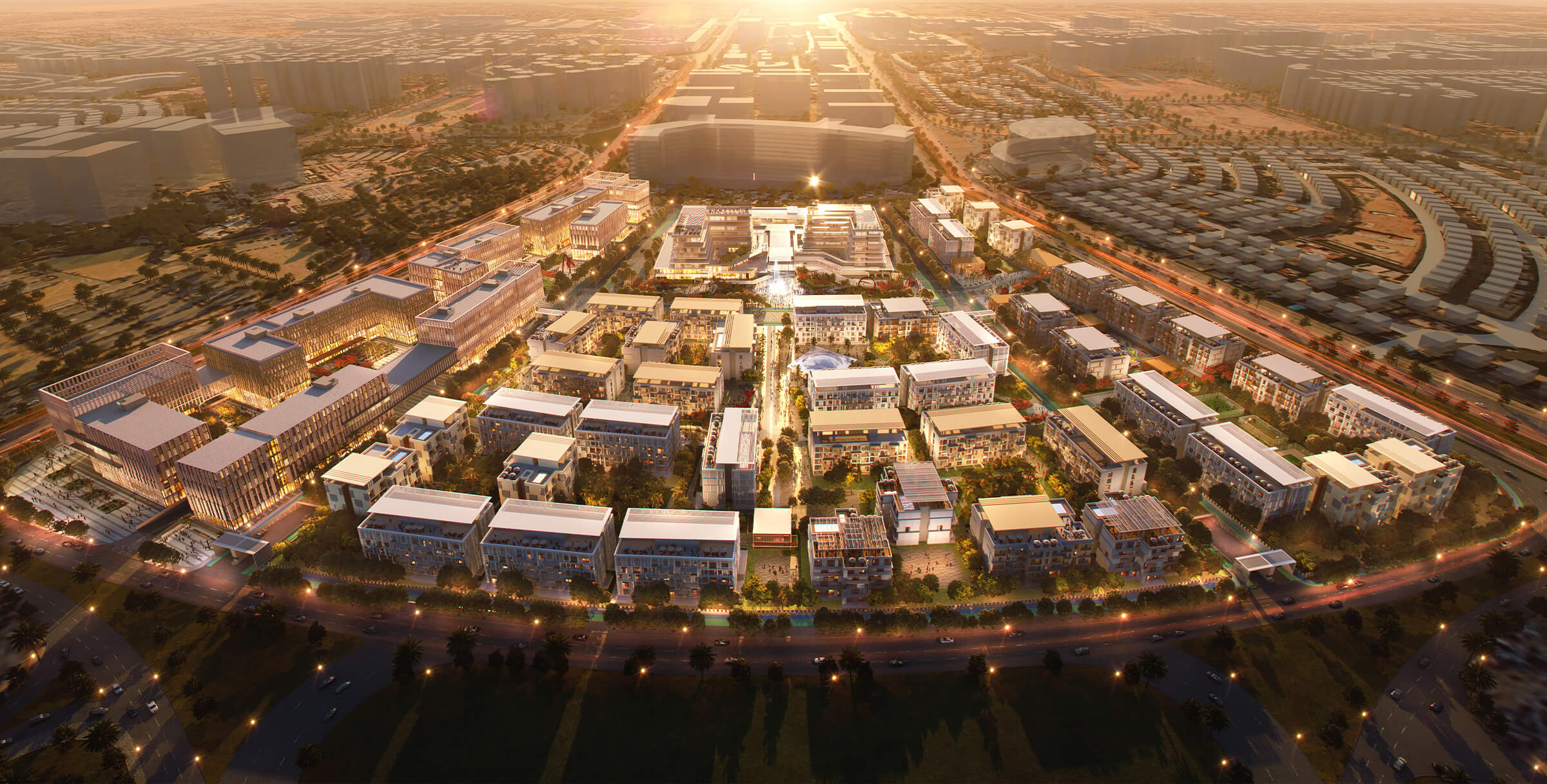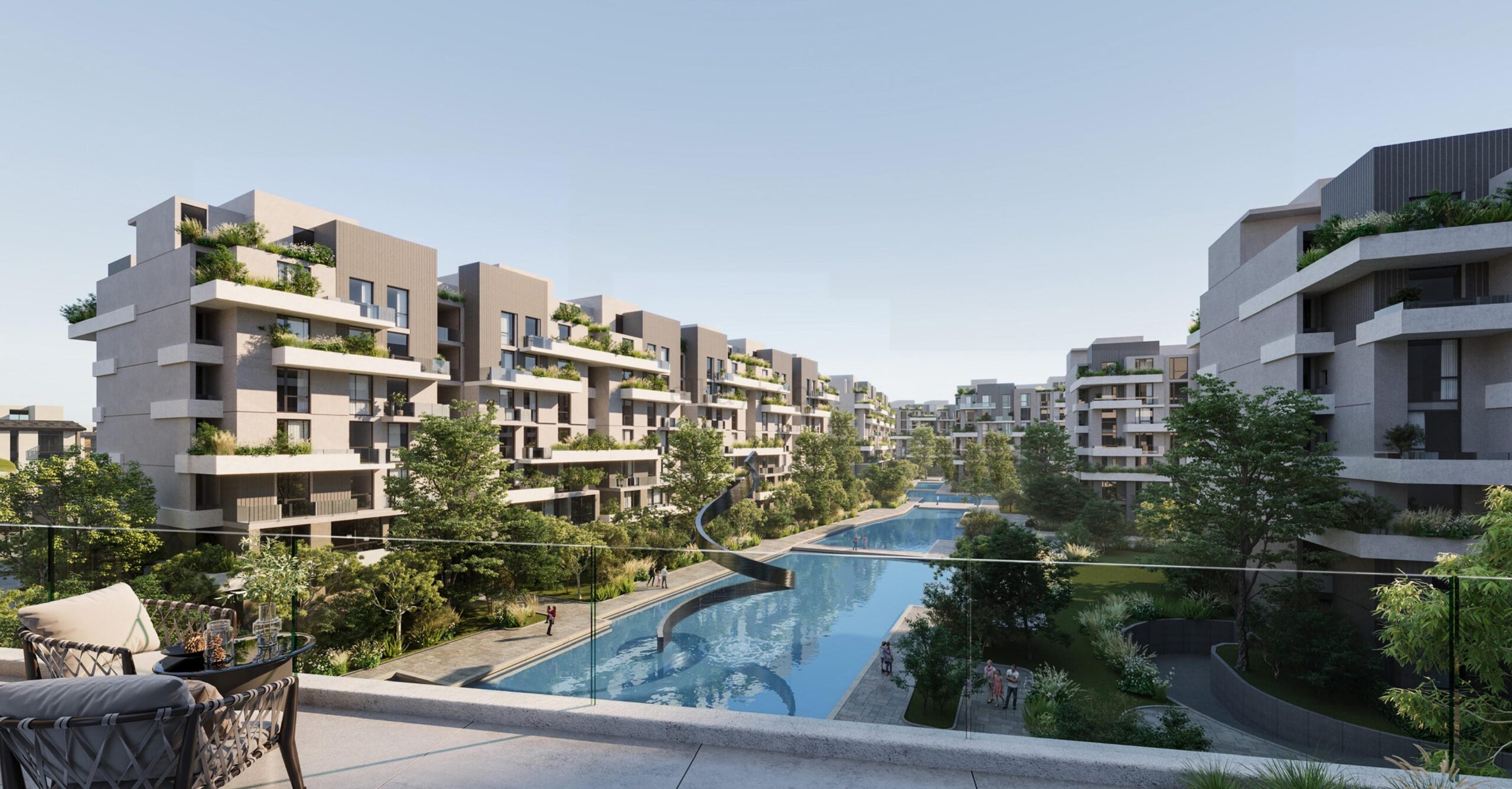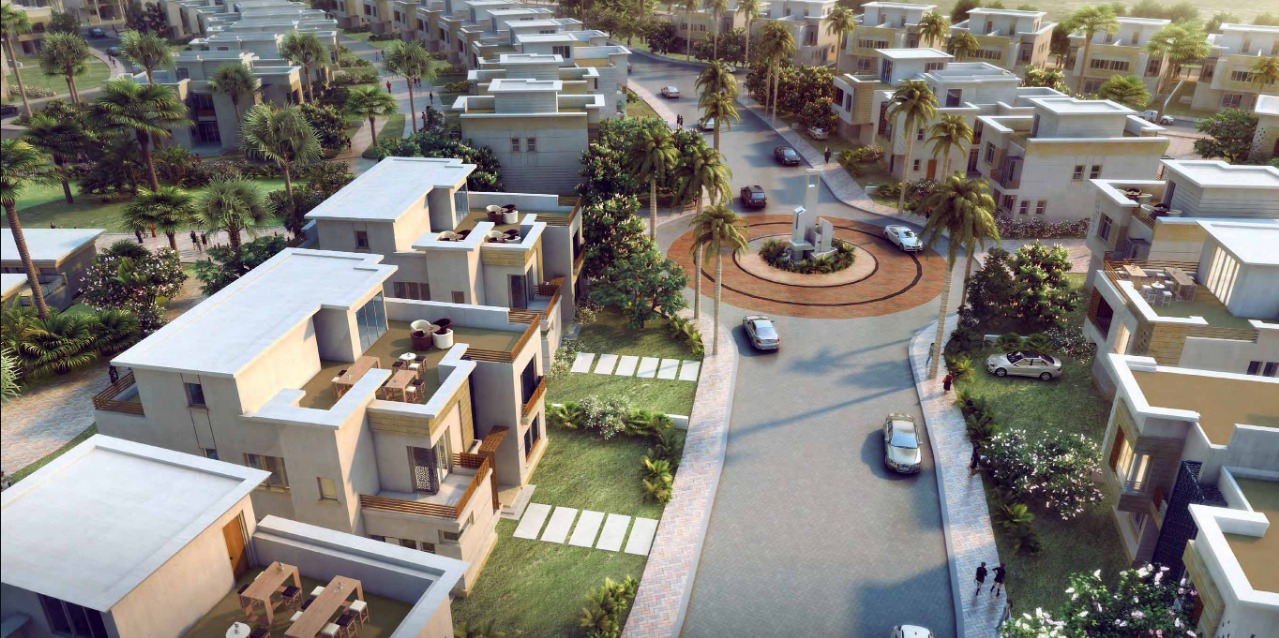Table of Contents
ToggleAre current price trends a warning sign of risk or a roadmap to future opportunity?
Egypt’s real estate sector is going through one of its most dynamic phases in decades. Between currency fluctuations, construction cost spikes, and shifting buyer behavior, property prices have seen aggressive movement—especially in new urban cities like the New Administrative Capital, New Cairo, October City, and coastal developments on the North Coast.
To understand where Egypt’s property market is heading, you must look beyond headlines and focus on real price behavior, developer strategies, demand shifts, and investor sentiment. In this guide, we break down key pricing patterns and what they reveal about the future of Egypt’s real estate landscape.
Construction Cost Inflation Is Setting a New Price Floor
Material costs—especially steel, cement, and finishing supplies—have surged due to global inflation and currency exchange fluctuations. This means developers can no longer build at pre-2022 price levels, setting a new market baseline.
Even if demand slows temporarily, prices are unlikely to drop significantly because replacement cost is now too high. Investors sitting on the sidelines waiting for price corrections may miss the window before the next pricing wave.
Key Insight: The era of under-EGP 15,000/m² units in prime areas is closing. Future supply will enter at higher price brackets, making today’s prices appear like tomorrow’s discounts.

New Cities Are Creating Price Gravity—Pulling Values Outward
As central Cairo reaches saturation, capital is flowing aggressively into new planned cities. The New Administrative Capital, New Alamein, Mostakbal City, and New Zayed are acting as “price magnets,” pulling valuation upward even in surrounding zones.
Areas once considered secondary, like Badr, Hadayek October, and future phases of El Shorouk, are now experiencing secondary appreciation driven by mega-infrastructure projects.
Investment Tip: Look for areas within 15–20 minutes of main megacities—they often deliver faster appreciation due to price spillover effects.
Developer Payment Plans Are Inflating Sticker Prices—But Protecting Investors
Developers are stretching payment plans up to 10–12 years, adding premium interest value into the price. While this makes units appear more expensive on paper, it also protects buyers by fixing their cost before future waves of inflation.
Cash buyers, on the other hand, are still able to negotiate discounts up to 25–30%, signaling that there are two pricing markets operating simultaneously: cash-real and installment-inflated.
Investor Move: If you have liquidity, prioritize cash negotiation units in premium compounds—many developers prefer instant cash flow and reward it with deep price cuts.
Rental Yield Is Becoming the New Pricing Compass
In areas like New Cairo, October City, and the North Coast, rental demand is exploding due to expats, corporate housing contracts, and Airbnb-style tourism rentals. Property value is now increasingly tied to income potential rather than just resale speculation.
Areas with high serviced rental demand are seeing price stability even in economic turbulence, indicating a shift toward rental-based valuation models. Fast-Growing Yield Zones to Watch:
- New Cairo – Compounds near business districts
- New Capital – Diplomatic and government zones
- North Coast – Year-round residence projects, not just seasonal
- Sheikh Zayed – Villas converted into corporate housing
Coastal Investments Are Shifting from Lifestyle to Year-Round ROI
Historically, North Coast properties were seasonal, limiting rental cash flow. But with new four-season cities like Ras El Hekma, Alamein, and Fouka Bay expansions, the coast is transitioning from vacation homes to full-time urban destinations. That shift is driving consistent price elevation, backed by government-backed infrastructure including schools, medical zones, and business districts.
Future Signal: The North Coast is slowly evolving into Egypt’s Mediterranean Dubai, where lifestyle and long-term investment converge—early entry before full city activation presents strong upside.

Secondary Market Listings Are Rising, But Demand Remains Absorption-Ready
A noticeable volume of owners who bought at early-phase prices are reselling to capture profit, increasing listings in secondary markets. However, demand is still absorbing supply quickly—especially units under EGP 4 million in strategic locations. This indicates that market liquidity remains strong, despite economic pressure.
Investor Advantage: Buying from motivated private sellers often means immediate asset handover without construction risk and potential price negotiation flexibility.
Foreign Currency Buyers Are Setting a New Price Benchmark
With the rise of Gulf and European investors taking advantage of Egypt’s currency shift, developers are increasingly pricing in foreign currency logic. Properties listed in dollars or pegged to dollar-value expectations are becoming more common in premium areas, hinting at a future where Egypt’s luxury real estate will partially de-link from local currency constraints. Premium real estate is entering a dollar-based valuation era, which historically leads to strong appreciation in markets like UAE and Turkey.
Foreign Currency Buyers and the Shift in Pricing Perception
One of the biggest price drivers in Egypt’s real estate market is the rise of buyers paying in USD or Gulf currencies. With local currency fluctuations, many developers have started pricing units in dollar-equivalent values, especially in premium zones like New Cairo, the North Coast, and the New Administrative Capital.
This means that while prices appear to rise in Egyptian pounds, they are actually stabilizing or even becoming more competitive for international and expatriate buyers. Developers now offer special payment plans for foreign clients, allowing them to secure property with minimal upfront cash compared to global real estate standards.
This shift is redefining price perception—what seems expensive to a local investor may feel like a bargain to a Gulf buyer used to Dubai or Riyadh prices. As this trend continues, the property market is expected to see more dollar-linked launches and targeted campaigns for diaspora investors.
The Rise of “Safe Haven” Property Purchases
Real estate in Egypt is increasingly being viewed as a financial shield rather than just a residential necessity. With inflation and currency uncertainty, many Egyptians now rush to convert cash savings into property to protect value. This behavior has fueled faster price increases, especially in ready-to-move units and gated compound resales.
Investors no longer wait for price drops—they buy early, expecting appreciation. This psychology of urgency has contributed to rapid sell-outs of new phases within hours of launch. Developers are capitalizing on this momentum with countdown sales, limited batch releases, and digital booking systems to create exclusivity.
The real estate market is no longer driven solely by need but by financial protection instincts. As long as this mindset persists, property prices will likely remain on a steady upward trajectory, especially in high-demand urban and coastal zones.

Final Thoughts: Those Who Adapt Will Lead
Egypt’s real estate market is not in decline—it’s in transformation. Price trends reveal a maturing investment ecosystem, where intelligent buyers no longer chase “cheap” units but instead focus on strategic positioning, yield potential, and future infrastructure alignment. Investors who understand the new pricing logic—driven by inflation protection, rental returns, and international demand—will reap the biggest gains in the next cycle.
Frequently Asked Questions(FAQs):
1. Are property prices expected to drop soon?
Unlikely — construction inflation and currency factors set a permanent higher floor.
2. Is it still safe to buy off-plan?
Yes, but only from reputable developers with strong delivery records and infrastructure proximity.
3. Which areas show the strongest price momentum?
New Administrative Capital, New Cairo East extensions, New Alamein, and Ras El Hekma coastal zones.
4. Do cash buyers get better deals today?
Yes — developers often offer aggressive discounts for immediate liquidity.
5. Is rental yield becoming more important than resale value?
Absolutely — Egypt’s market is shifting toward income-based valuation like mature global markets.
6. Will foreign currency buyers continue to influence prices?
Yes — dollar-pegged pricing is rising in premium segments, shaping future market benchmarks.
7. Is the North Coast still a seasonal investment?
Not anymore — new four-season infrastructure is turning it into a long-term residential zone.
8. How should I interpret current price fluctuations?
See them not as instability but as a market reset, where smart positioning matters more than waiting for lower prices.
